Potřebujeme váš souhlas k využití jednotlivých dat, aby se vám mimo jiné mohly ukazovat informace týkající se vašich zájmů. Souhlas udělíte kliknutím na tlačítko „OK“.
ASTM D4455-85(2014)
Standard Test Method for Enumeration of Aquatic Bacteria by Epifluorescence Microscopy Counting Procedure (Withdrawn 2019)
Automaticky přeložený název:
Standardní zkušební metoda pro stanovení počtu vodních bakterií epifluorescenční mikroskopii počítání řádu
NORMA vydána dne 1.1.2014
Informace o normě:
Označení normy: ASTM D4455-85(2014)
Poznámka: NEPLATNÁ
Datum vydání normy: 1.1.2014
Kód zboží: NS-27304
Počet stran: 3
Přibližná hmotnost: 9 g (0.02 liber)
Země: Americká technická norma
Kategorie: Technické normy ASTM
Kategorie - podobné normy:
Anotace textu normy ASTM D4455-85(2014) :
Keywords:
ICS Number Code 07.100.20 (Microbiology of water)
Doplňující informace
| Significance and Use | ||||
|
5.1 Bacterial populations, as part of the microbial community in aquatic systems are actively involved in nutrient cycling. The significance of these populations is often difficult to ascertain because of the presence of many physiological types. However, measurement of bacterial densities is usually the first step in trying to establish any relationship that might exist between bacteria and other biochemical processes.5.2 Acridine-orange epifluorescence direct-counting procedure cannot differentiate between viable and nonviable cells. 5.3 This procedure cannot be used to convert directly the numbers to total carbon biomass because of the natural variations in bacterial cell size. 5.4 The acridine-orange epifluorescence direct-microscopic count is both quantitative and precise. 5.5 This procedure is ideal for enumerating both pelagic and epibenthic bacteria in all fresh water and marine environments.5 5.6 The process can be employed in survey activities to characterize the bacteriological densities of environmental waters. 5.7 The procedure can also be used to estimate bacterial densities in cooling tower waters, process waters, and waters associated with oil drilling wells. |
||||
| 1. Scope | ||||
|
1.1 This test method describes a procedure for detection and enumeration of aquatic bacteria by the use of an acridine-orange epifluorescence direct-microscopic counting procedure. It is applicable to environmental waters. 1.2 Certain types of debris and other microorganisms may fluoresce in acridine orange-stained smears. 1.3 The test method requires a trained microbiologist or technician who is capable of distinguishing bacteria from other fluorescing bodies on the basis of morphology when viewed at higher magnifications.2 1.4 Use of bright light permits differentiation of single bacteria where reduced formazan is deposited at the polar ends. 1.5 Approximately 104 cells/mL are required for detection by this test method.1.6 The values stated in SI units are to be regarded as standard. No other units of measurement are included in this standard. 1.7 This standard does not purport to address the safety concerns, if any, associated with its use. It is the responsibility of the user of this standard to establish appropriate safety and health practices and determine the applicability of regulatory limitations prior to use. |
||||
| 2. Referenced Documents | ||||
|
Podobné normy:
Historická
1.5.2009
Historická
1.5.2013
Historická
15.8.2014
Historická
1.6.2012
Historická
1.4.2009
Historická
1.10.2007
Doporučujeme:
Aktualizace technických norem
Chcete mít jistotu, že používáte pouze platné technické normy?
Nabízíme Vám řešení, které Vám zajistí měsíční přehled o aktuálnosti norem, které používáte.
Chcete vědět více informací? Podívejte se na tuto stránku.


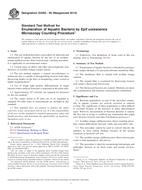
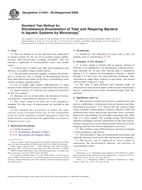 ASTM D4454-85(2009)..
ASTM D4454-85(2009)..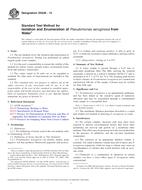 ASTM D5246-13
ASTM D5246-13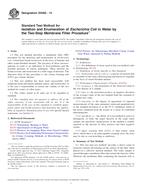 ASTM D5392-14
ASTM D5392-14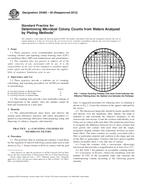 ASTM D5465-93(2012)..
ASTM D5465-93(2012)..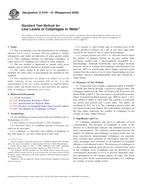 ASTM D6734-01(2009)..
ASTM D6734-01(2009)..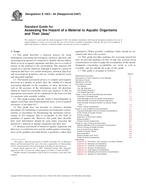 ASTM E1023-84(2007)..
ASTM E1023-84(2007)..
 Cookies
Cookies
